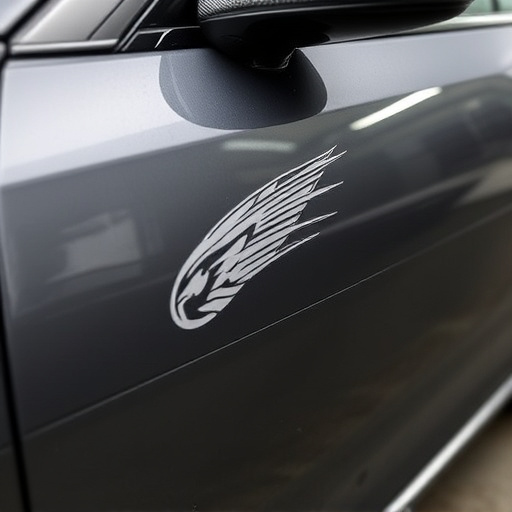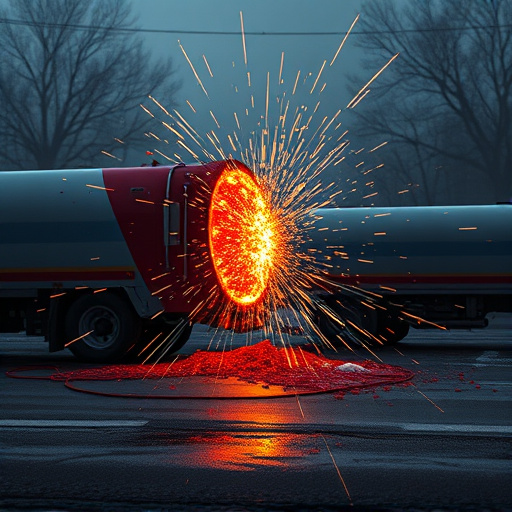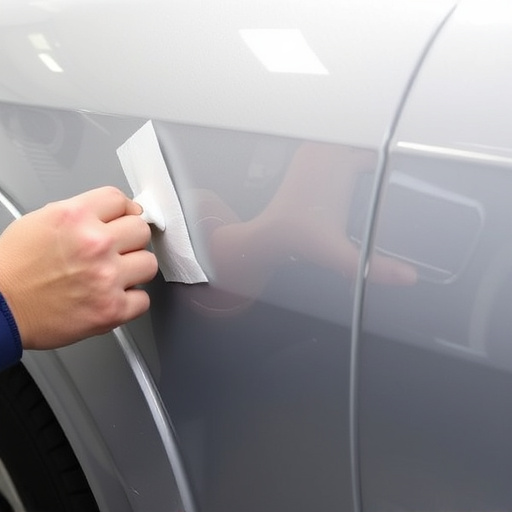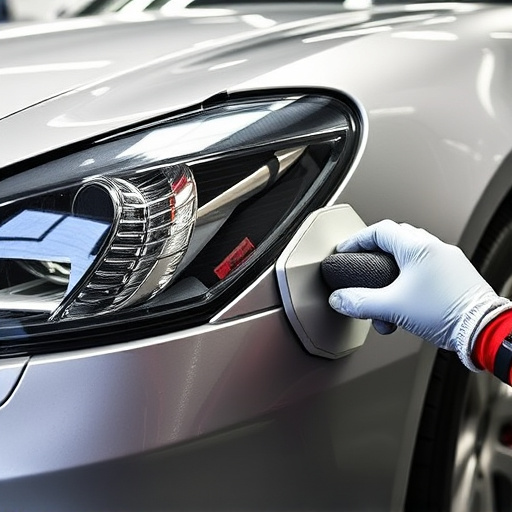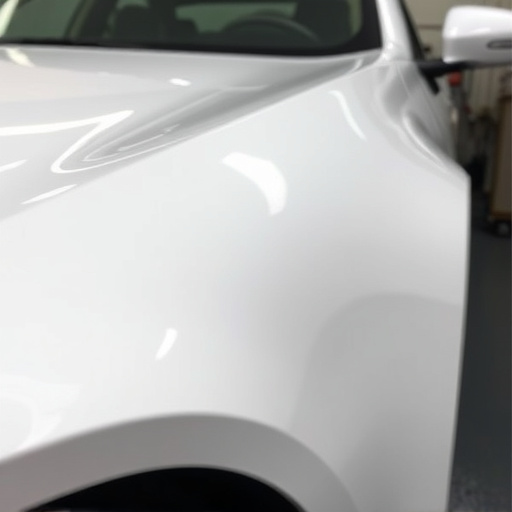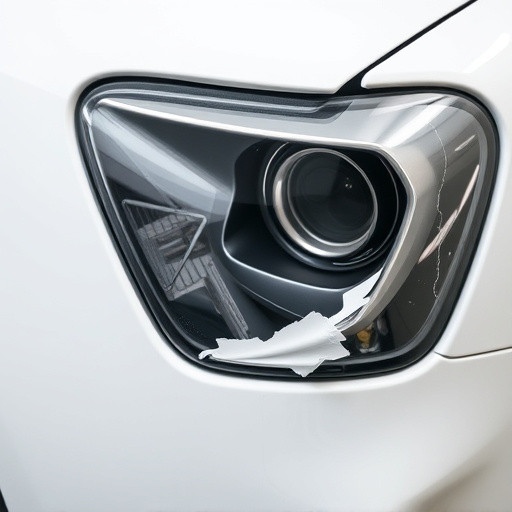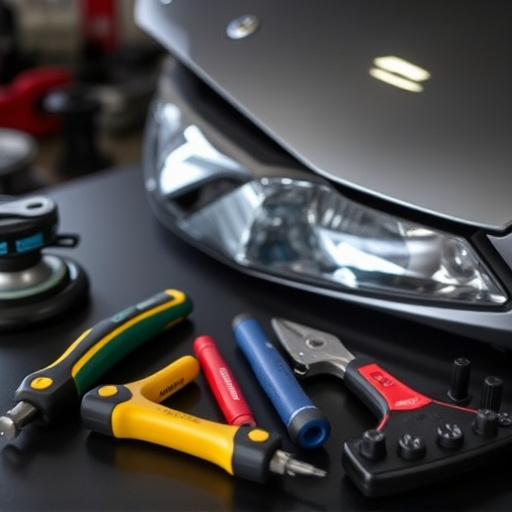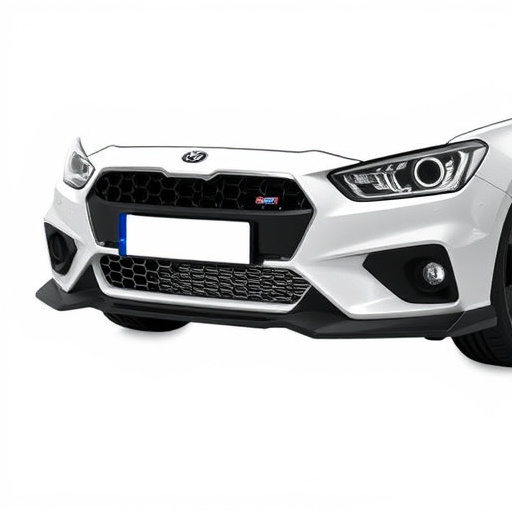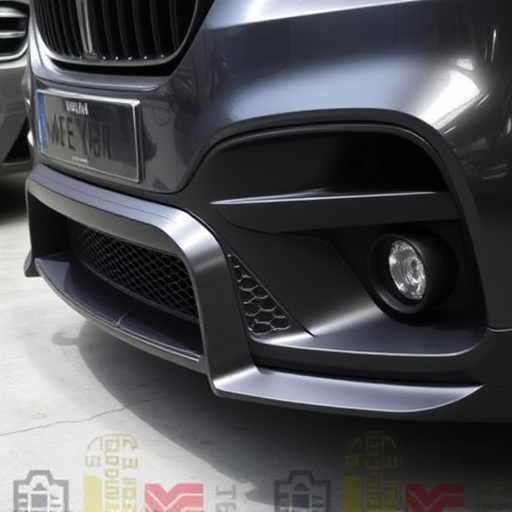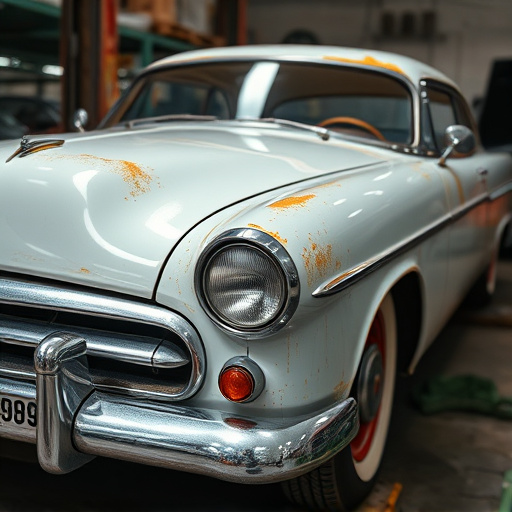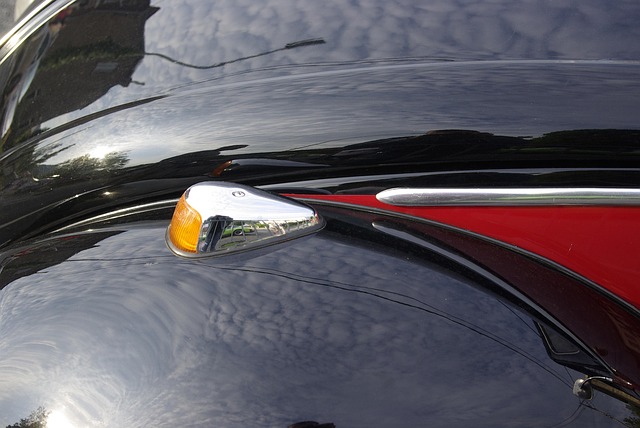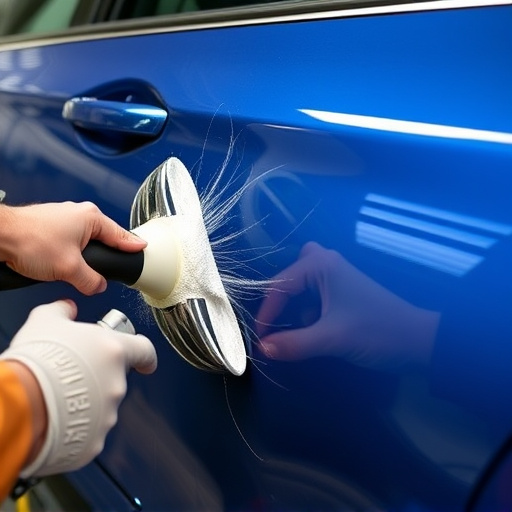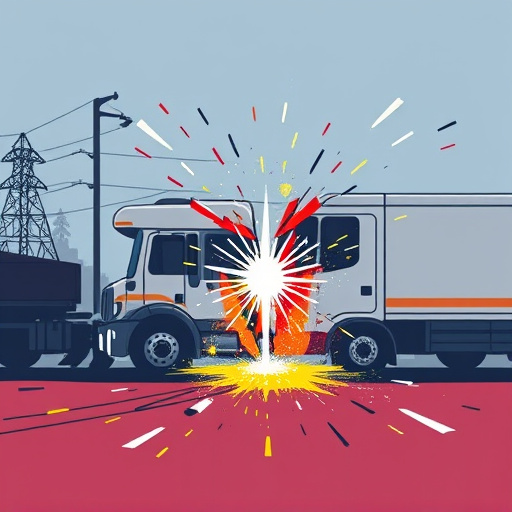Hatchback collision repair is a specialized automotive field that combines technical expertise and artistic skill to restore vehicles to pre-accident condition. Key aspects include meticulous damage assessment, advanced car paint services for seamless blends, replacement or realignment of bent panels, and maintaining structural integrity while adhering to original equipment manufacturer (OEM) standards. Strict adherence to guidelines ensures not only visual harmony but also mechanical soundness, enhancing customer satisfaction, trust, and long-term vehicle safety and resale value. Top-tier shops follow structured, safety-focused approaches, using quality materials and eco-friendly practices to preempt future issues and guarantee the integrity of hatchback vehicles.
In the realm of automotive accidents, hatchback collision repair stands as a vital component of safety and vehicle longevity. Understanding the intricacies of hatchback repairs is no longer merely a niche concern; it’s a critical aspect of ensuring driver and passenger safety. This article delves into the essentials of hatchback collision repair, elucidating why setting robust standards is paramount for quality and safety. We provide a comprehensive guide to best practices, offering insights that cater to both professionals and those seeking to navigate this complex landscape.
- Understanding Hatchback Collision Repair: The Basics
- Setting Standards: Why It's Crucial for Quality and Safety
- Best Practices in Hatchback Collision Repair: A Comprehensive Guide
Understanding Hatchback Collision Repair: The Basics
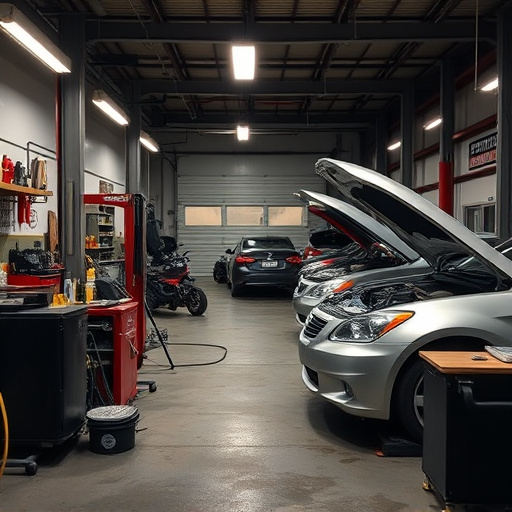
Hatchback collision repair is a specialized field within the automotive industry that focuses on restoring damaged hatchback vehicles to their pre-accident condition. It involves a meticulous process, combining both technical expertise and an artistic eye, to ensure the vehicle’s safety, aesthetics, and functionality are all preserved. The basics of hatchback collision repair encompass several key aspects:
First, assessing the extent of damage is crucial. This includes inspecting the hatchback’s body panels, frame, and structural integrity. Skilled technicians use advanced tools and methods to detect even subtle deformities or hidden damage. Once the damage is mapped out, the repair process begins with meticulous car paint services, where damaged areas are sanded, primed, and painted to match the vehicle’s original finish, ensuring a seamless blend. Vehicle bodywork also involves replacing or realigning bent panels, ensuring every curve and contour is restored to its original form. Proper hatchback collision repair standards demand precision and attention to detail at every stage, from initial assessment to final finishing touches.
Setting Standards: Why It's Crucial for Quality and Safety
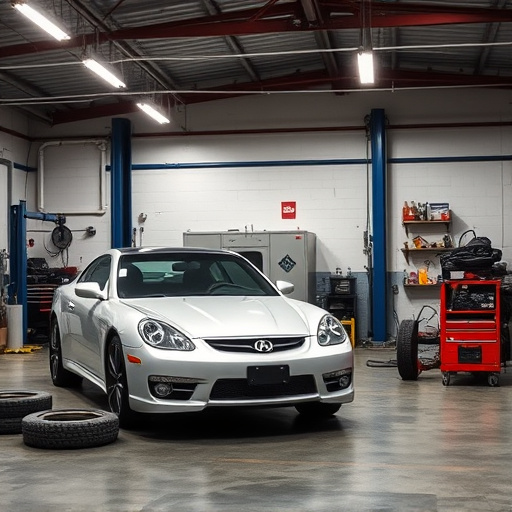
In the realm of hatchback collision repair, setting robust standards is paramount for maintaining both quality and safety. When a vehicle undergoes a collision, even seemingly minor ones, it can affect the structural integrity and aesthetic appeal of the hatchback. Proper standards ensure that every repair, from meticulous scratch repair to comprehensive car paint repair and intricate autobody repairs, meets specific criteria. This guarantees not only the visual harmony of the vehicle but also its mechanical soundness.
Adhering to established standards facilitates a consistent approach to repairs, minimizing subjective interpretations that could lead to inconsistent outcomes. Such uniformity is vital for ensuring customer satisfaction and building trust in repair services. Moreover, strict adherence to standards can help prevent future issues by addressing potential weaknesses or imbalances introduced during the repair process, ultimately contributing to the long-term safety and reliability of the hatchback.
Best Practices in Hatchback Collision Repair: A Comprehensive Guide
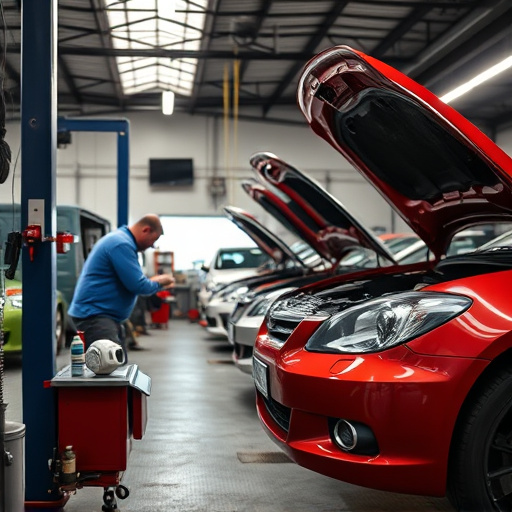
In the realm of hatchback collision repair, adhering to best practices ensures not just structural integrity but also the safety and performance of the vehicle. A comprehensive guide for any reputable car repair shop or automotive collision center should start with a thorough assessment of the damage. This includes both visual inspections and utilizing advanced diagnostic tools to understand the full extent of repairs needed. Once damage is accurately assessed, trained technicians can begin disassembling the affected areas, replacing damaged components, and reassembling them with precision, ensuring every part meets or exceeds original equipment manufacturer (OEM) standards.
Proper hatchback collision repair involves a meticulous process that goes beyond simple fixing. It encompasses the use of high-quality materials and parts, adherence to strict safety protocols, and environmentally conscious practices. By prioritizing these best practices, collision centers not only facilitate efficient car repairs but also contribute to the longevity and resale value of vehicles. This approach is crucial for fostering customer satisfaction and building a positive reputation among those in need of reliable automotive collision repair services.
Proper hatchback collision repair standards are essential for ensuring both vehicle quality and driver safety. By setting and adhering to robust guidelines, technicians can effectively navigate the unique challenges presented by hatchback designs. This article has explored the fundamentals of hatchback collision repair, underscoring why consistent standards are vital. Embracing best practices not only protects the structural integrity of these complex vehicles but also fosters a reliable and safe driving experience for all.
